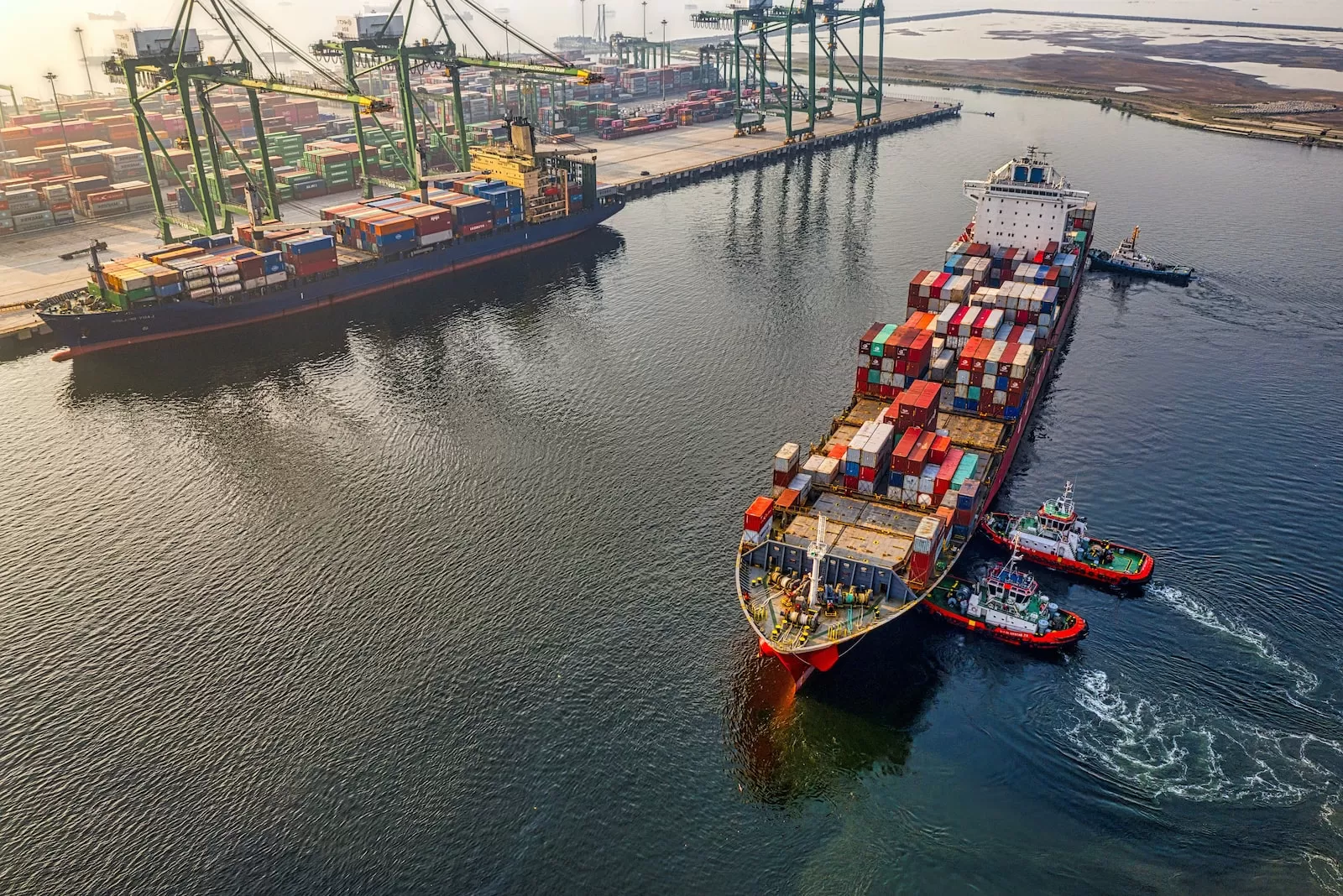A transportation management system (TMS) is software that streamlines the shipping process by organizing and managing all the data points involved in moving freight from origin to destination. A good TMS can be a game-changer for your business, reducing stress and saving you time and money. Let’s take a look at how these systems work and what components you should look for when selecting one for your business.
How Do These Systems Work
A system like this centralizes all the data related to your shipping so you can see the big picture and make informed decisions about your shipping strategy.
This includes information like origin and destination addresses, shipment details, carrier information, tracking numbers, and so on. Most TMSs these days are web-based, which means they can be accessed from anywhere, anytime.
What to Look for in a Transportation Management System
There are a few key components you should look for when shopping for a Transportation Management System:
- Ease of use: The system should be easy to use and intuitive so that users will actually want to use it.
- Flexibility: The system should be flexible enough to accommodate your changing needs as your business grows.
- Scalability: The system should be scalable so that it can grow with your business.
- Integration: The system should integrate with your existing systems so that you don’t have to input data twice.
- Customer support: The vendor should offer customer support in case you run into any issues using the system.
Implementing a TMS


Implementing a new management system can sound daunting, but there are some things you can do to make the process go more smoothly:
- Train employees: Once you’ve selected a system, make sure to train your employees on how to use it. The last thing you want is for your employees to be resistant to using the new system because they don’t know how it works.
- Test the system: Before rolling out the new system company-wide, test it out with a small group of users first to work out any kinks.
- Be patient: Change takes time, so don’t expect everything to happen overnight. Be patient and give yourself and your employees time to adjust to the new system.
Tips for getting the most out of the system
Here are a few tips for getting the most out of a system like this:
1. Define your shipping goals. Before implementing a TMS, take some time to evaluate your shipping needs and objectives. What are your top priorities? Cost savings? Time efficiency? Once you have a clear understanding of your goals, you can choose a system that is better equipped to meet your needs.
2. Compare features. Not all TMS applications are created equal. When shopping for a system, compare the features of various products to find one that best meets your needs. Be sure to consider things like ease of use, scalability, and integrations with other business systems.
3. Train your employees. A TMS will only be as effective as the people who use it. Be sure to provide adequate training for employees who will be using the system on a daily basis. In addition, consider assigning responsibility for managing the TMS to one or two individuals who can oversee its use and ensure that everyone is getting the most out of the system.
Conclusion:
If you’re looking for ways to reduce stress and save time and money, then investing in a system like this may be right for you. When shopping for a TMS, look for one that is easy to use, flexible, scalable, and integrates with your existing systems.
With a little bit of patience, you’ll soon reap the benefits of a good transportation management system—a less stressful shipping operation and more efficiency and cost savings for your business.






























